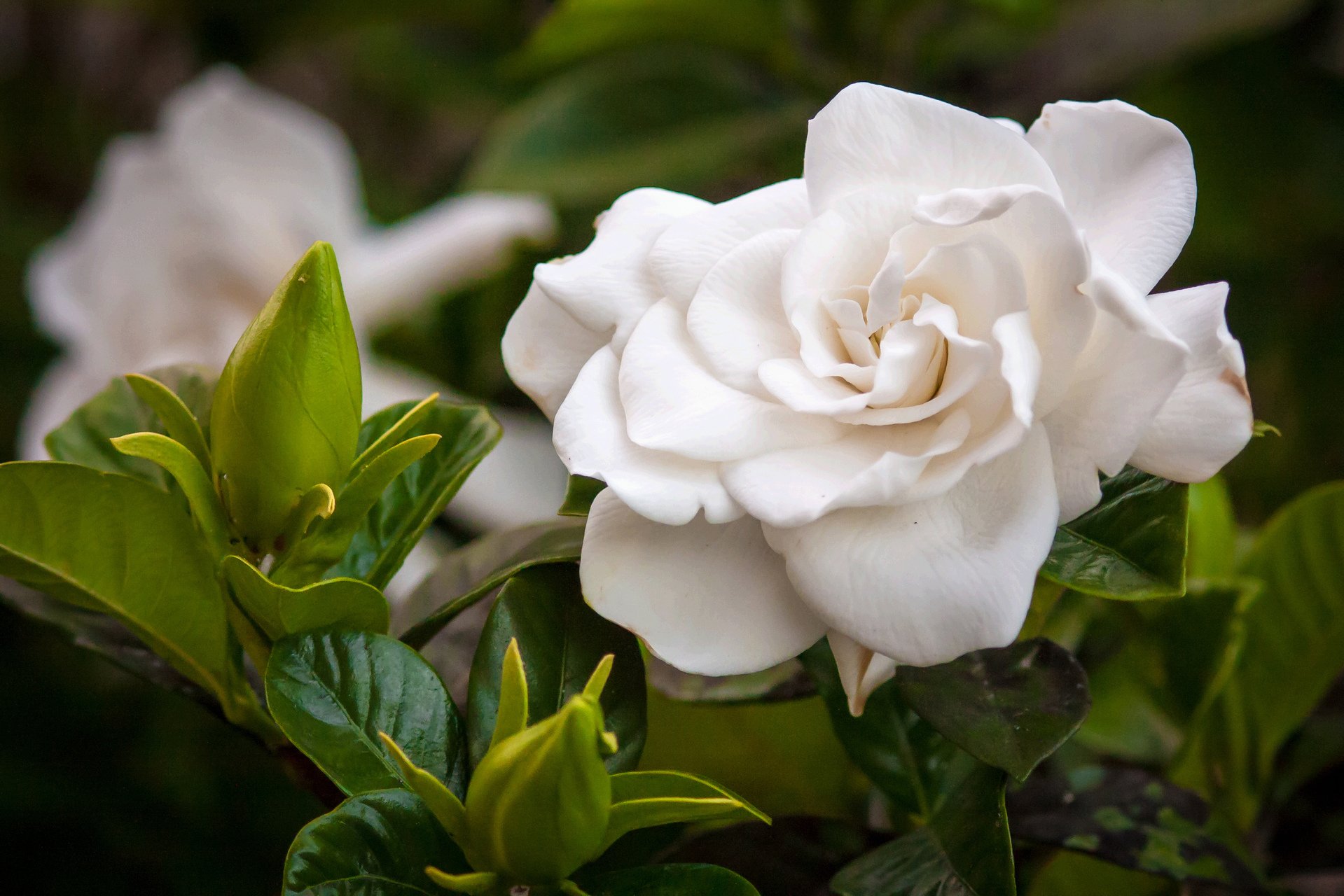
Facts about Gardenias
Gardenias have a waxy texture. Despite this, they are particularly delicate. They are a popular flower for weddings but they do need to be handled with somewhat greater care. While so many people opt for flowers like roses, carnations, or chrysanthemums, you can really spruce things up with these elegant blooms. Apart from their amazing beauty, gardenias are also known for their amazing and powerful scent.
Gardenias enjoy tropical conditions which is why they are native to certain parts of Asia, Africa, and Hawaii. This is why you need to think carefully before trying to grow them yourself. You need to make sure that you offer them full sunlight, acidic soil, and a warm enough environment throughout the year. If your garden gets too cold in the winter, your Gardenias may not grow as expected or they could easily perish.
When used as cut flowers, you should be aware that they do not last very long. One essential rule to remember is avoid touching the flower petals. If you do, it will cause them to bruise and the flowers will deteriorate even faster. Experts often recommend wetting your hands before handling these flowers. That way, if you do touch a petal by accident, it will not be as prone to bruising and damage. The flower will change from white to off-white and eventually get darker as it perishes.
They are popular in various bouquets including floating flower arrangements. Floating arrangements are great because you can transport them by holding the glass rather than trying to hold the flower itself. When putting these flowers on display, remember to keep them away from air conditioners, heater, and windy areas. The plant might love the sun but, as cut flowers, they do not last long if exposed to direct sunlight.
If you plan on growing your own gardenias and you would like to cut a few flowers to display in a vase, you should make sure that you use a clean cutting tool. Use rubbing alcohol to clean a sharp pair of garden scissors for example. Clean your cutting tool between plants to prevent disease from spreading. If one plant is affected, you can help prevent other plants from contracting the disease.
There are a number of pests that may come around when they sniff gardenias in your garden. These include aphids, mites, and oleander scales. The best way to keep these pests at bay is by planting various flowers and plants that repel specific insects. This way you can avoid using harsh chemicals.
